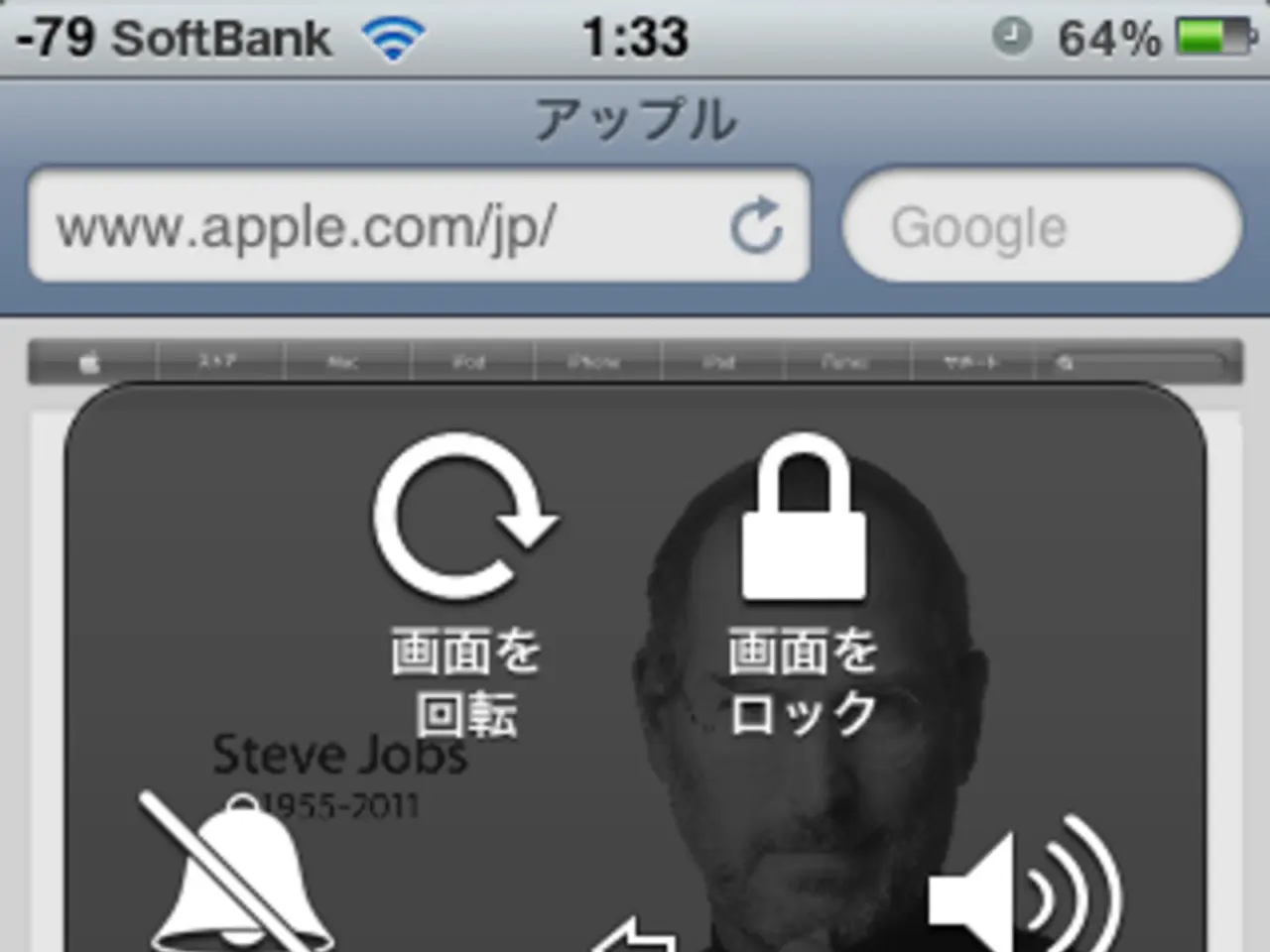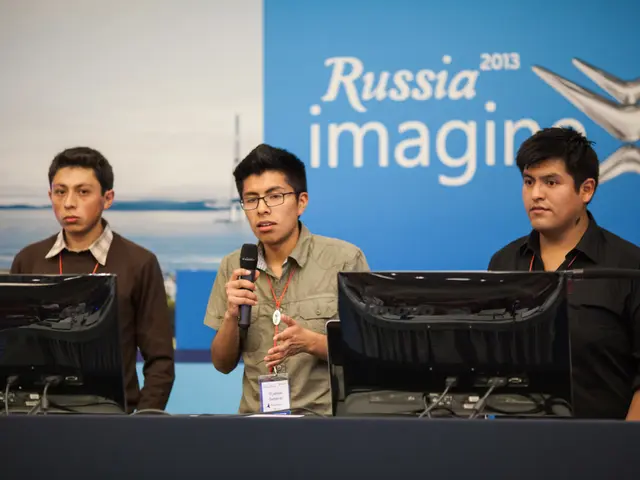Unveiling Our Potential
In the competitive world of telecommunications, Swedish multinational networking and telecommunications company Ericsson has emerged as a dominant force, securing the highest number of granted patents in recent years. This achievement is largely due to the impressive performance of its examiners, Marcelo and Crompton, who boast grant rates of 92% and 78% respectively.
Ericsson's strategic intellectual property (IP) defense mechanisms in patent disputes within the telecommunications industry are as formidable as its patenting prowess. The company's approach primarily focuses on aggressive enforcement of Standard Essential Patents (SEPs) related to 4G, 5G, and emerging 6G technologies. This defense strategy is multi-jurisdictional, litigation-savvy, and grounded in FRAND (Fair, Reasonable, And Non-Discriminatory) terms.
Global Litigation Strategy
Ericsson's enforcement of its broad SEP portfolio is global and fragmented, with the company engaged in complex, parallel lawsuits against companies like Samsung and Lenovo in different countries to defend its 5G patents and maintain leverage in licensing negotiations.
The company is also involved in disputes over anti-suit and anti-interference injunctions, as seen in the US Eastern District of Texas where Ericsson secured an injunction against Samsung's attempt to prevent Ericsson’s patent assertions in the US, illustrating the use of procedural litigation tools to maintain jurisdictional advantages and prevent forum shopping.
Complex FRAND Licensing Negotiations
Litigation also addresses complex FRAND licensing negotiations, where failure to agree on royalty rates leads to disputes. The contentious 2020 renegotiation breakdown with Samsung illustrates Ericsson’s willingness to litigate rather than settle low-value licensing terms, aiming to enforce what it considers appropriate compensation for SEP use.
Emerging Market Enforcement
Ericsson’s litigation extends into emerging markets with sophisticated SEP enforcement strategies, such as suing distributors in Colombia over 5G SEPs, showing Ericsson’s pursuit of IP rights in growing telecom markets, leveraging local judicial authorities for injunctions and patent enforcement.
Strategic IP Defense Mechanisms
Ericsson leverages several strategic IP defense mechanisms to balance enforcement with enabling market participation. One such mechanism is the use of FRAND interim licenses, a judicial innovation allowing continued use of patented technologies under provisional royalties during ongoing disputes or negotiations.
The company's defense mixes cross-licensing agreements and aggressive litigation when negotiations fail, as exemplified by the terminated 2014 cross-licensing agreement with Samsung, which led to dual jurisdiction litigations instead of amicable resolution.
Ericsson’s IP strategy increasingly capitalizes on 5G and 6G patent monetization, with revenues from licensing surging and expected to account for up to 20% of sales by 2026. The company’s portfolio includes cutting-edge technologies like millimeter-wave and network slicing, positioning it as a critical royalty collector and technology standard-setter.
To defend against geopolitical risks and maintain supply chain resilience, Ericsson has localized manufacturing (notably in the US) and diversified suppliers, ensuring its patent and technology enforcement remains insulated from global trade tensions.
Ericsson also employs open innovation and partnerships, such as its Aduna platform offering open RAN APIs partnering with telecom operators in Japan, strategically reinforcing its IP position in fragmented regulatory environments through ecosystem engagement rather than sole litigation reliance.
In summary, Ericsson’s current stance in telecommunications patent disputes involves a multi-front litigation and licensing strategy emphasizing enforcement of SEPs on FRAND terms, tactical use of anti-suit injunctions and interim licenses, expansion into emerging markets with localized enforcement, robust patent monetization, and resilience against geopolitical disruptions. This approach reflects its role as a leading SEP holder seeking to maximize royalty income while managing complex international litigation landscapes and industry dynamics.
Technology plays a crucial role in Ericsson's multi-front litigation and licensing strategy, as the company capitalizes on Standard Essential Patents (SEPs) related to 4G, 5G, and emerging 6G technologies for patent monetization.
Ericsson's IP strategy increasingly relies on technology advancements like millimeter-wave and network slicing, positioning it as a critical royalty collector and technology standard-setter in the telecommunications industry.



